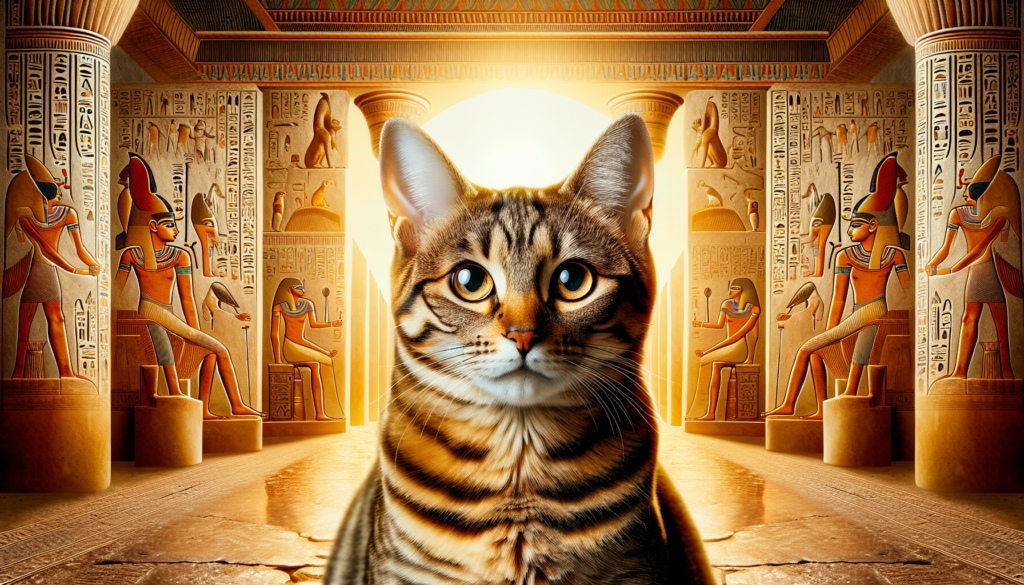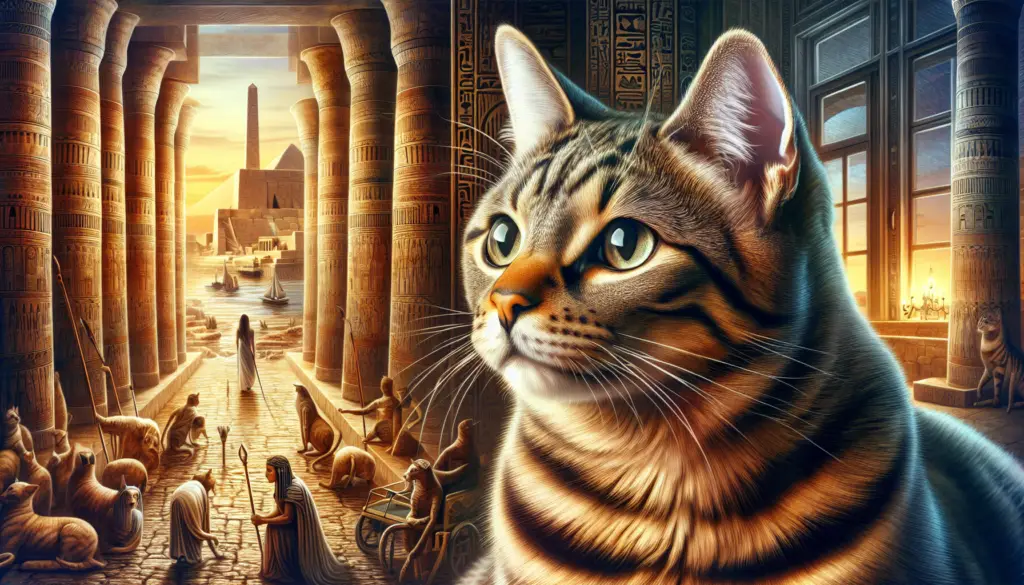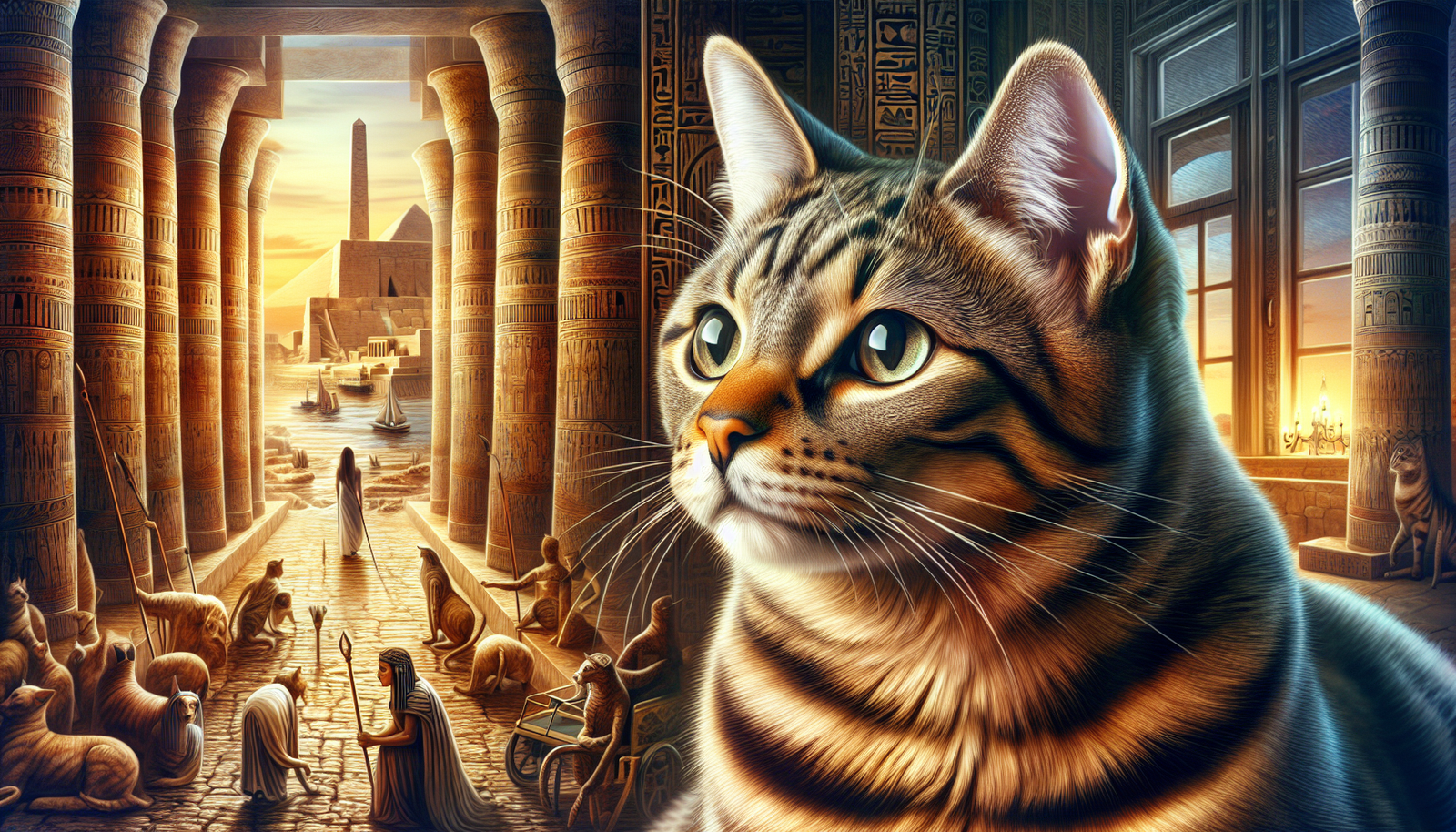Tabby cats, with their distinct markings and charming personalities, have always held a special place in our hearts. But have you ever wondered about the origins of these adorable feline companions? Delving into history, it becomes evident that tabby cats have a lineage dating back to ancient times. The fascinating tale begins with the ancestors of our domesticated feline friends, tracing their roots back to the Egyptian civilization and their beloved goddess Bastet. Join us on a journey to unravel the captivating story of how tabby cats came to be and the remarkable role they played in civilizations throughout the ages.
The Origin of Tabby Cats
Tabby cats are one of the most common and beloved cat breeds around the world. With their distinctive coat pattern and lively personalities, these felines have captivated the hearts of cat lovers for centuries. But where do tabby cats come from? Let’s explore the fascinating history and origin of these unique cats.
Ancient DNA Evidence
Ancient DNA evidence suggests that tabby cats have roots dating back thousands of years. The first evidence of tabby coat patterns in ancient cats can be traced back to the Middle East. Genetic studies have shown that the agouti gene, responsible for the tabby pattern, was present in domestic cats as early as 4,000 years ago. This discovery indicates that tabby cats have a long and rich history.
Egyptian Connection
One of the earliest known civilizations to have a connection with tabby cats is ancient Egypt. Depictions of cats with tabby-like patterns can be found in ancient Egyptian art and literature. Cats were highly revered in Egyptian society, and their unique coat patterns were often associated with the divine. Tabby cats were considered sacred animals and were often seen as symbols of protection and good fortune.

Roman Tabby Cats
During the time of the Roman Empire, tabby cats became increasingly popular. The Romans recognized the beauty and charm of these cats and often kept them as pets. Tabby cats were frequently depicted in Roman mosaics and frescoes, showcasing their prominence in Roman society. These ancient Romans valued the companionship of tabby cats, appreciating their playful nature and striking coat patterns.
Mediterranean Roots
Tabby cats also have strong connections to the Mediterranean region. As trade routes expanded, cats with tabby patterns began to spread across Europe and the Mediterranean. Sailors and traders often kept cats on their ships to control vermin populations. These feline companions were highly valued on long sea voyages and played a crucial role in keeping ships free from pests. As cats traveled from port to port, so did the tabby cats, leaving their paw prints in the history of various cultures.

Traders and Explorers
With the rise of exploration and maritime trade in the medieval era, tabby cats continued to traverse the globe. As European countries established colonies and trade routes around the world, they brought along their beloved tabby cats. Sailors sought the companionship of these cats during their long voyages, and the cats, in turn, helped keep their ships rodent-free. It was through these sailors and explorers that tabby cats found their way to distant lands.
Medieval Spread
The Middle Ages witnessed the further spread of tabby cats across Europe. During this time, they became highly sought-after companions in households and religious institutions. Tabby cats’ adaptability and ability to hunt vermin made them valuable assets in homes and monasteries, where pest control was crucial. They were often found in castles, monastic libraries, and even on the laps of royalty. These felines became fixtures in medieval society, and their distinct markings made them easily recognizable.
Tabbies in America
Tabby cats made their way to the New World with European explorers and settlers. They were often brought aboard ships as they crossed the Atlantic, serving as companions and pest controllers. The presence of tabby cats in America can be traced back to the colonial period, where they quickly established themselves in the new environment. Their adaptability and hunting skills made them highly valued by early American settlers, who relied on their feline companions to keep their homes and farms free from pests.
Tabby Cat Breeds
Today, tabby cats come in various breeds. From the popular Domestic Shorthair to the Maine Coon, American Shorthair, and Bengal, there is a diverse range of tabby cat breeds to choose from. Each breed has its unique characteristics and temperament, but they all share the distinctive tabby coat pattern. Whether you prefer a small, playful tabby or a large, majestic one, there is a tabby cat breed out there to suit every cat lover’s preference.
Evolution of Tabby Patterns
The tabby coat pattern has evolved over time, resulting in a wide range of variations. Tabby cats are known for their bold, swirling patterns and distinctive markings. These patterns can be classified into four main types: classic, mackerel, spotted, and ticked. Classic tabbies have marbled swirls on their sides, while mackerel tabbies have narrow, vertical stripes. Spotted tabbies, as the name suggests, have distinct spots on their coats, while ticked tabbies have a subtle, speckled pattern. The evolution and diversity of these patterns add to the charm and allure of tabby cats.
Tabby Cat Genetics
The inheritance of tabby coat patterns is influenced by multiple genes. The agouti gene, also known as the Tabby gene, is primarily responsible for the tabby pattern. The presence or absence of this gene determines whether a cat will display the tabby coat pattern or not. Other genes, such as those regulating coat pigmentation and striping patterns, also contribute to the overall appearance of a tabby cat. Understanding the genetics behind tabby cats has allowed breeders to selectively breed for specific patterns and characteristics, resulting in the diverse array of tabby cat breeds we see today.
In conclusion, the origin of tabby cats can be traced back to ancient times, with evidence of their existence found in various civilizations. From their sacred status in ancient Egypt to their prominence in Roman society and their journey across the world with traders and explorers, tabby cats have left an indelible mark on human history. Today, they continue to enchant us with their beautiful coats, playful personalities, and enduring companionship.

